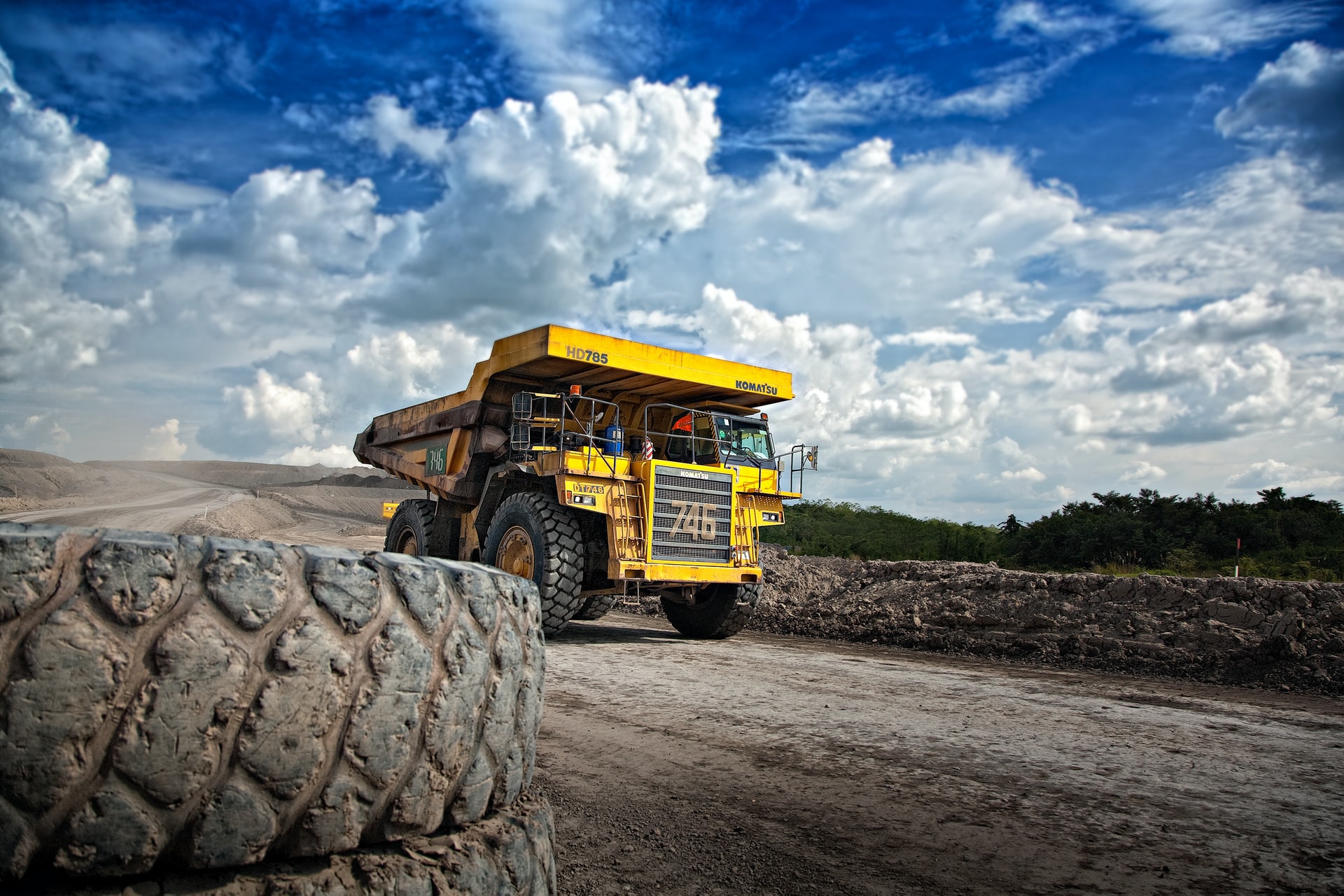Introduction: Lithium Supports A Sustainable World
Lithium is one of the most important elements in the world’s shift to a clean, low-carbon future. Present in most household electronics as well as batteries for electric vehicles and energy storage units for renewable energy, lithium is powering the global transition to sustainability. Experts believe that lithium is integral to our sustainable development, and that the adoption of green technologies rely on its use. “The current energy transition towards a low-carbon economy is expected to be much more mineral-intensive than previous transitions,” explain researchers Florencia Heredia, Agostina L. Martinez and Valentina Surraco Urtubey in a recent study, “With a focus on the energy transition and the path towards a low-carbon future, it is expected that the demand for lithium will continue to grow.”
Furthermore, sustainable lithium mining practices could help reach several of the United Nations’ Sustainable Development Goals (SDGs), which call for social and economic growth across a vast range of sectors using sustainable methods. The versatility that made lithium such an interesting energy storage component also creates opportunities to remedy key issues for both the sustainable development goals and the fight against climate change.
The Impact of Lithium Mining
With lithium prices continuing to surge in January 2022, after already skyrocketing an incredible 540% in 2021 off the back of pledges to rapidly decarbonize world economies, lithium and its associated supply chains are firmly positioned to dictate the speed of our low-carbon transition. However, the importance of this element has highlighted its extraction issues, with Heredia et al., pointing out that “there are a number of challenges and issues related to the development of lithium projects […] ranging from technical aspects of brine extraction and its legal regulation to social and human rights aspects.” As such, lithium extraction operations are coming under scrutiny – is the metal integral to sustainable development itself sustainable?
There are two ways of acquiring lithium: ore mining and brine extraction – both have their issues. Mining uses machinery and other traditional processes to reach ore deposits that then need heavy metals to be processed. Brine extraction needs large amounts of water and other chemicals to extract lithium from an aqueous solution. The process is long and yields relatively little lithium. Both of these extraction methods can damage local environments and have shown the capacity to have a negative impact far beyond the confines of their mining operation. Acquiring lithium via these processes does not qualify as sustainable – but there are solutions that can turn the tide.
Sustainable Development & Lithium
Technological advances always happen during the course of an industrial revolution and we are in the midst of a fourth revolution, spurred by the need to shift towards sustainable low-carbon solutions. While lithium extraction has not been sustainable in the past, it does not mean it cannot have a sustainable future. Innovators have recognized the impact that lithium can have and the need for global supply chains to be sustainable. As a result, there have been breakthroughs in lithium battery efficiency, recycling, improved extraction processes as well as policies aimed at sustainable mining.
EnergyX’s LiTAS™ technology is proof of the push towards a sustainable form of lithium extraction. Lithium-rich countries like Bolivia are also pushing for sustainable lithium practices. Bolivia itself is pioneering progressive lithium policies, and one of EnergyX’s LiTAS™ plants is showcase how progress is taking hold across the lithium industry and its supply chains. In addition to powering sustainable development, lithium can also drive economic growth by providing jobs in local communities at all stages of the supply chain. Lithium is becoming more sustainable. This transition, mirroring the larger shift happening globally, is changing the status quo slowly but certainly.
Conclusion: Lithium is Becoming More Sustainable
Lithium is integral to meeting worldwide sustainability goals, evident in the increasing demand and skyrocketing prices. Until recently, there did not exist any form of technology capable of making large-scale lithium extraction feasible or more sustainable than current methods. Within three years of its creation, EnergyX was able to create one. Sustainable lithium mining was not seen as a core campaign message, but lithium prices rose and a progressive presidential candidate in Bolivia used it during a successful run. Recycling lithium components following their use in EVs or energy storage units was not seen as an emerging field until interest made it a favorable venture. Lithium is becoming more sustainable, and technological breakthroughs will continue to improve on current innovations.

